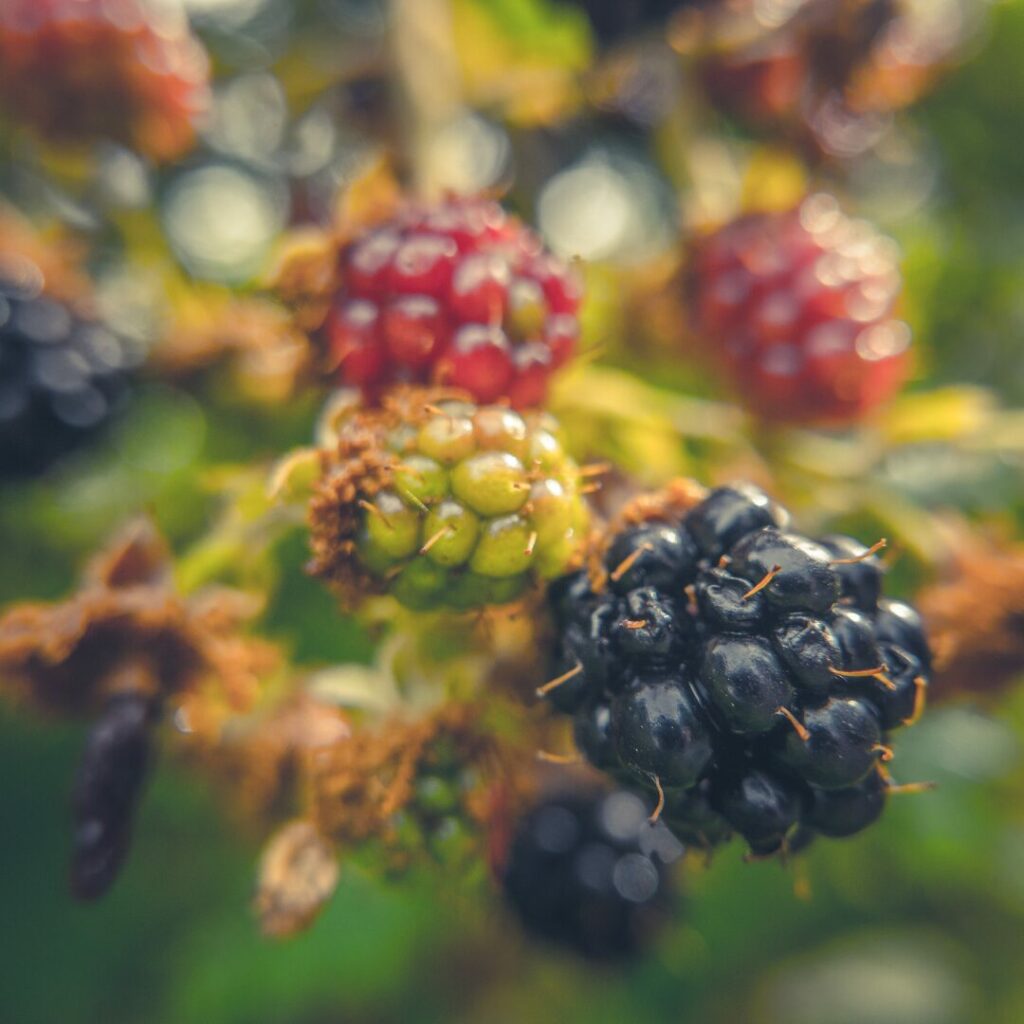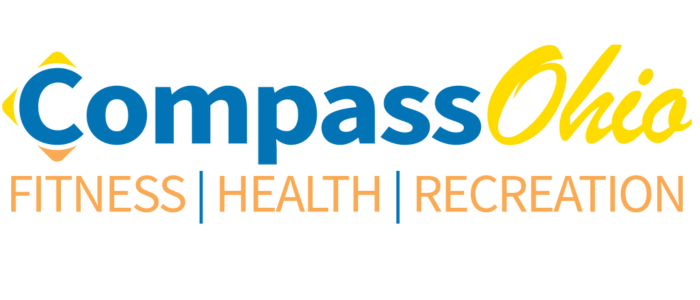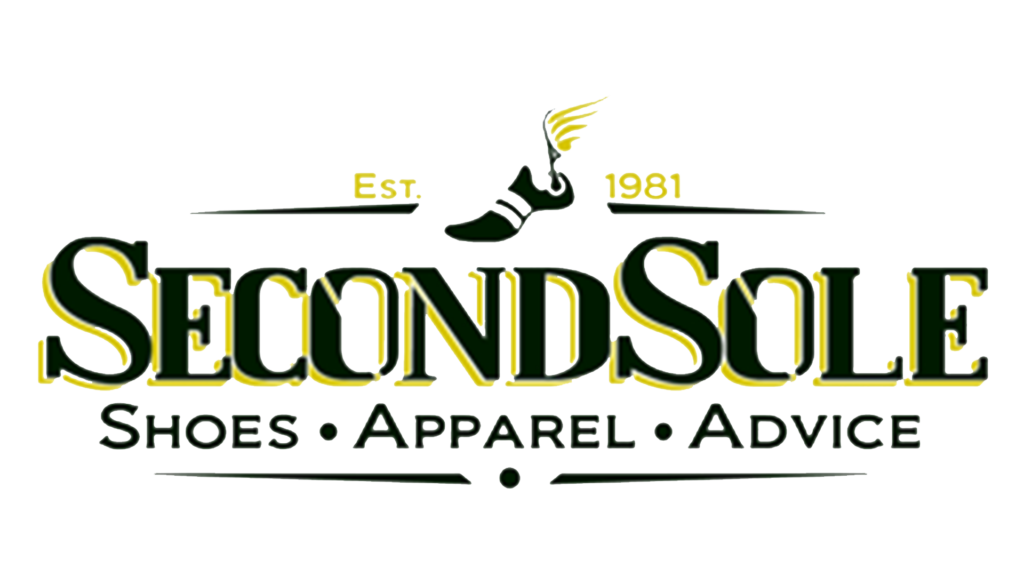Exploring Ohio’s bounty through foraging
Foraging, the age-old gathering of wild food, has deep roots in human history. Our ancestors depended on the land’s bounty, roaming forests and meadows to find fruits, nuts, and herbs. This connection to nature was about more than survival; it was about understanding and respecting life’s intricate web.
Foraging in Ohio was a communal activity that strengthened social bonds and passed down knowledge through generations. As agriculture took center stage, foraging became less essential for survival but never vanished. Wild foods remained prized for their unique flavors and nutritional benefits.

Today, foraging is making a comeback, driven by a desire to reconnect with nature and explore diverse flavors. Modern foragers use field guides and apps to rediscover the wisdom of the past, but the essence of foraging remains the same: a profound respect for nature and our place within it.
A Seasonal Guide to Foraging in Ohio
In Ohio, the changing seasons offer various wild edibles for foragers. Here’s a guide to some common plants foraged in Ohio throughout each season:
Spring:
- Wild Ramps (Allium tricoccum): Also known as wild leeks, ramps are one of the first signs of spring in the forest. They have a robust onion-garlic flavor and make a distinctive addition to soups, pesto, and sautéed dishes.
- Morel Mushrooms (Morchella spp.): Foragers search high and low for these mushrooms. Highly prized for their distinctive honeycomb appearance and rich flavor, they typically emerge in late April to early May.
- Dandelion (Taraxacum officinale): Dandelion greens are one of the earliest wild greens to appear. They make great additions to salads, soups, or sautéed as a side dish.
- Violet (Viola spp.): The leaves and flowers of violets are edible, with the flowers adding a colorful touch to salads and desserts.
Summer:
- Blackberries and Raspberries (Rubus spp.): Wild berries are abundant in summer and are delicious fresh or used in jams, jellies, and baked goods.
- Wild Asparagus (Asparagus officinalis): While it starts in spring, wild asparagus can still be found in early summer. It’s a delicious addition to any meal.
- Lamb’s Quarters (Chenopodium album): This common weed is highly nutritious and can substitute for spinach in various dishes.
- Purslane (Portulaca oleracea): A succulent plant with a slightly lemony flavor, purslane is a tasty addition to salads or cooked as a vegetable.

Fall:
- Pawpaw (Asimina triloba): This tropical-tasting fruit ripens from late summer to early fall. Whether you eat it fresh, in baked goods, or a smoothie, it is an indulgent taste for late in the season.
- Hickory Nuts (Carya spp.): Gather these nuts in the fall and bake or eat them raw.
- Persimmon (Diospyros virginiana): Native persimmons ripen after the first frost and can be used in puddings, bread, and jams.
- Wild Grapes (Vitis spp.): Foragers can make jelly, juice, or wine from wild grapes found in the fall.

Winter:
- Winter Cress (Barbarea vulgaris): Also known as yellow rocket, it can be foraged in early winter or late fall for its peppery leaves.
- Pine Needles (Pinus spp.): Rich in vitamin C, pine needles are perfect for making a warming tea in winter.
For those in Southeastern Ohio, Ohio University provides this seasonal guide to the edible wild plants found in the region, complementing the diverse array of foraged foods available throughout the state.
A Commitment to Nature’s Bounty
Integration Acres stands out for its commitment to the diverse flora of Southeast Ohio, offering a unique range of forest-farmed and locally foraged crops. Since 1996, the farm has been a leading processor of pawpaws and a purveyor of the region’s native plants.
Their product line includes spicebush berries, black walnuts, ramps, persimmons, elderberries, and wild mushrooms, all harvested and processed with care. By showcasing the area’s naturally occurring foods, Integration Acres provides buyers nationwide with a taste of Ohio’s rich botanical heritage.
Final Thoughts on Ohio’s Foraging Adventures
Foraging in Ohio is like going on a treasure hunt through nature. From the tender greens of spring to the nuts of fall, foraging provides fresh, nutritious food and deepens our appreciation for the natural world around us.
Remember to forage responsibly, respect the environment, and leave plenty for others and wildlife. And always know what you are picking.






